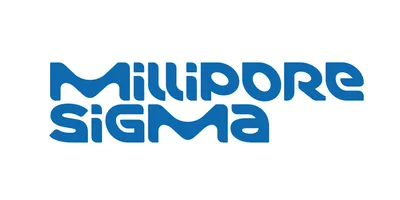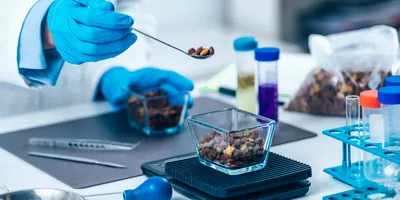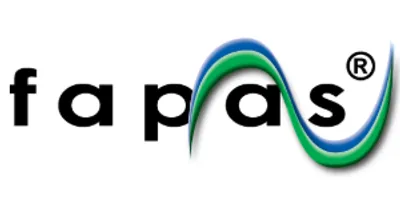Electrons oscillate around the nucleus of an atom on extremely short timescales, typically completing a cycle in just a few hundred attoseconds (one attosecond is a quintillionth of a second). Because of their ultrafast motions, directly observing electron behavior in molecules has been challenging. Now researchers from UC San Diego's Department of Chemistry and Biochemistry have suggested a new method to make visualizing electron motion a reality.
This new method describes an experimental concept called ultrafast vortex electron diffraction, which allows for direct visualization of electron movement in molecules on attosecond timescales.
The key idea behind this approach is the use of a specialized electron beam that spirals as it travels, enabling precise tracking of electron motion in both space and time.
This method is especially sensitive to electronic coherence, where electrons move in a synchronized, harmonious manner.
By effectively isolating such coherent electron dynamics from other competing processes, this technique unlocks new opportunities to study quantum processes, such as energy transfer and electron behavior in advanced materials, providing deeper insights into the fundamental behavior of molecules and materials.
The study, published February 19, 2025 in Physical Review Letters, was led by Haowei Wu and Haiwang Yong (both UC San Diego). Their research was supported in part by the W. M. Keck Foundation through computing resources at the W. M. Keck Laboratory for Integrated Biology at UC San Diego.
"This technique's exceptional sensitivity to electronic coherences unlocks new possibilities for visualizing ultrafast quantum phenomena in molecules, bringing us closer to the ultimate goal of controlling chemical reactions at the most fundamental level." -- Haiwang Yong
-Note: This news release was originally published by the University of California - San Diego. As it has been republished, it may deviate from our style guide.










